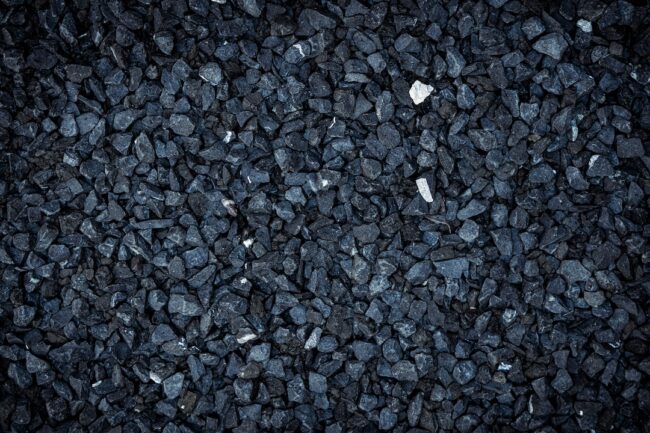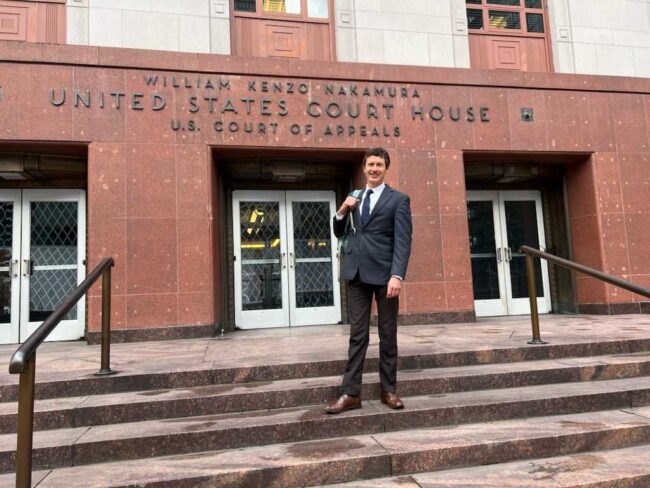by Derf Johnson
![]()

Montana is part of a region in the United States known as the Powder River Basin, currently the largest coal-producing region in the country. Over the past 50 years, coal mining corporations have stripped hundreds of millions of tons of coal from the ground in Montana and Wyoming, which was ultimately sent to coal-fired boilers across the country and the world for electricity production… and billions of tons of carbon emissions. Zeroing in on the state of Montana, coal production peaked in 2014 at 44 million tons of coal. This past year (2023), however, Montana will have mined approximately 28 million tons of coal, a roughly 2.5% reduction from 2022, and a 36% reduction from its peak in 2014.
Why such a dramatic reduction? Cheaper and cleaner energy sources are dominating the mix of new power production facilities, and coal is surely and steadily being phased out. Case in point, coal produced over 50% of electricity generation in 2008 in the U.S. Data from October 2023 pegs the current share at 19% and declining. Meanwhile, the combination of clean and renewable wind and solar production exceeds coal-fired power production at the national level.
Montana is also experiencing the retirement of coal fired and growth of renewable energy. With the retirement of coal-fired units here in Montana and across the country – Colstrip Units 1 and 2 in 2022 (700 megawatts), closure of the Lewis and Clark Station in 2021 (50 megawatts), the 2025 retirement of Washington’s Centralia plant (730 megawatts), and the impending closure of some large coal-fired plants in the Great Lakes area within the decade – it is virtually guaranteed that Montana will be mining far less coal in the next 10 years. Recent data from NorthWestern Energy further articulates this transition: wind and solar production now exceed NorthWestern’s production from coal-fired sources.
There are still four operating coal mines in Montana with various coal production levels. The Spring Creek Coal Mine is Montana’s largest by production, producing over 10 million tons annually. The Rosebud Coal Mine exclusively serves the Colstrip coal-fired power facility and produces approximately 6-7 million tons annually. The Bull Mountain Coal Mine near Roundup is Montana’s only underground coal mine and produces approximately 6-7 million tons annually, which is primarily shipped overseas. Finally, the Absaloka Coal Mine in southeastern Montana produces approximately 1-2 million tons annually.
As Montana’s coal-fired power production continues to decline (along with its associated carbon emissions), MEIC is intent on assuring that our water and air are protected and that the land is adequately reclaimed. This includes lobbying at the Montana Legislature, holding the U.S. Office of Surface Mining (OSM) accountable, activating our membership for critical comment periods and hearings, and going to court to enforce the law.
OSM Rejects Two Montana Laws, Two More in Review
In agreeing to administer the permitting and regulation of Montana’s coal mines back in 1980, the Montana DEQ entered into a relationship of “cooperative federalism” with the federal government, in which Montana makes the permitting decisions, but the program must be as stringent as the federal program and any changes in the program are subject to federal review and approval by OSM. In summer 2023, two laws were submitted by DEQ to OSM for approval. The first law (SB 328, Sen. Duane Ankney, R-Colstrip) passed in the 2021 legislative session and would have dramatically weakened the bonding regulations for reclamation of coal mines, which MEIC opposed. The second law (SB 201, Sen. Duane Ankey, R-Colstrip) passed in 2019 and would have required that coal mining corporations bond for its workers’ pensions in the event of bankruptcy, which MEIC supported. In the fall of this year, both of these changes were rejected by OSM on a number of grounds.
This is significant, as the OSM is also considering two major changes from the 2023 Legislative Session that would dramatically weaken coal mining regulations and citizen oversight. HB 576 (Rep. Rhonda Knudsen, R-Culbertson) would dramatically weaken Montana’s water protections for coal mines. Additionally, SB 392 (Sen. Steve Fitzpatrick, R-Great Falls) would prevent citizen oversight of coal mines by exposing citizens and organizations to the expensive legal fees of coal mine corporate attorneys if they challenge permitting actions. MEIC vehemently opposed both of these bills. Recently, OSM indicated that it has made a final decision on the two laws, which is now in the approval process by its Director. As of this writing, we do not know whether OSM has approved or denied these laws. However, with any hope, OSM will not cave to political pressure and will deny these obviously problematic laws and assure that clean water and folks that are impacted by coal mines are adequately protected.
Rosebud Coal Mine: MEIC Wins at the 9th Circuit
With approval from OSM and DEQ, the Rosebud coal mine is currently expanding into a very large area known as Area F. For years, MEIC has been challenging this expansion, on the grounds that the expansion would destroy critical water resources, impact endangered pallid sturgeon, and grease the skids for millions of additional tons of carbon pollution. Back in fall 2022, a federal judge in Billings agreed with our concerns and ordered the government to redo its analysis. Meanwhile, Western Rosebud Mining (WRM) appealed an aspect of the judge’s decision, primarily dealing with the ability for MEIC to demonstrate standing. Thankfully, the 9th Circuit panel rejected WRM’s appeal outright in the fall, meaning that we will continue to pursue our concerns regarding the Area F expansion to the Rosebud Mine once OSM’s new analysis is released.

MEIC was represented by Earthjustice in the Rosebud Coal Mine victory. Thanks to Shiloh Hernandez for his continued work and support! Photo by Derf Johnson.
Bull Mountain: DEQ’s Water “Replacement” Plan for Coal Mine Heard in Billings
The Bull Mountain Coal Mine practices a form of underground mining known as long-wall, in which massive, sweeping machinery works in panels to steadily eat away at the face of the coal seam in a methodical fashion. The net effect to the surface is devastating, and the Bull Mountains have suffered from large cracks and subsidence as the ground caves into the mine void. Additionally, the operation undermines springs, which then are dewatered due to the void created underneath them. If water resources are impacted or dewatered, such as springs, the Surface Mining Control Reclamation Act (SMCRA) requires that DEQ develop a plan for adequate replacement water. Unfortunately, DEQ has failed to do this at the Bull Mountain Mine, which is especially concerning due to the limited water resources in the area and the critical importance of water for agricultural operations. In February, MEIC had a hearing in District Court in Billings on its work to improve the water replacement plan for the Bull Mountains and to hold both DEQ and Signal Peak (the owner/operator of the Bull Mountain Coal mine) accountable. A decision will be released within the next several months.
This article was published in the March 2024 issue of Down To Earth.

